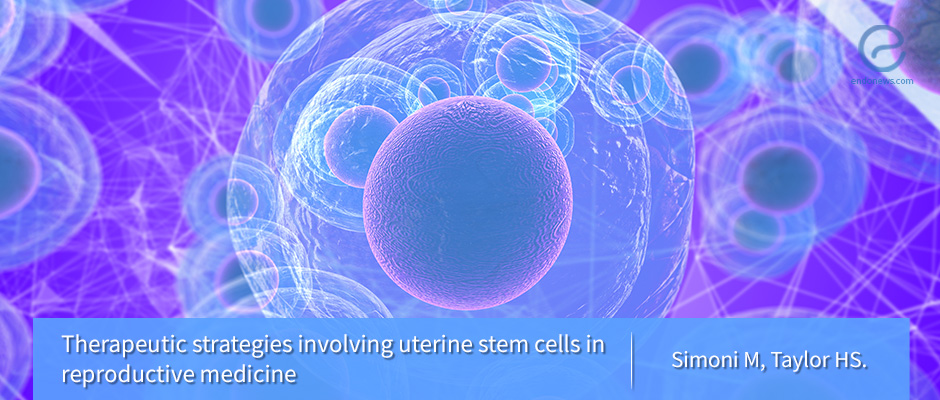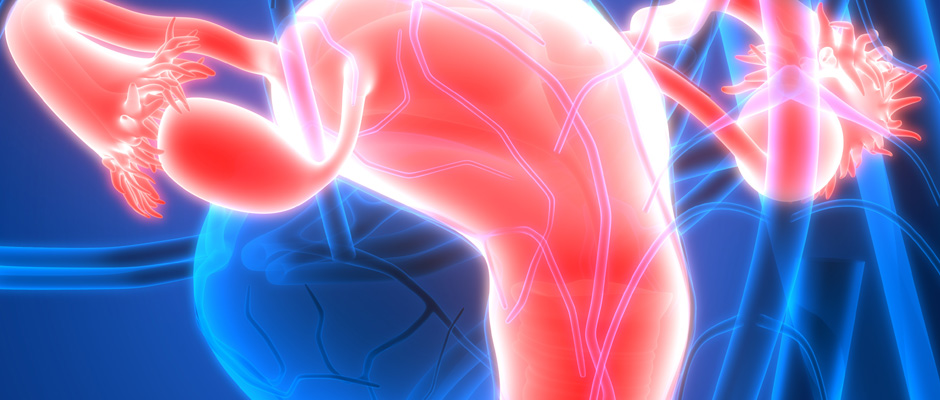Risk of endometriosis progression in infertile women trying to conceive naturally or using IVF
Many women with endometriosis use long-term hormonal treatments to control symptoms and slow the disease, but these medications must be stopped when trying to get pregnant. This creates a dilemma: stopping treatment may increase the chance of endometriosis coming back…
Key Points Lay SummaryFear of Progression in Endometriosis: The Role of Treatment Approach
Endometriosis is a chronic condition that causes pain, infertility, and a range of mental health challenges, including anxiety and depression. A particular form of anxiety, known as fear of progression, reflects the worry that the disease will worsen over time.…
Key Points Lay SummaryStudy Sheds Light on How Parabens and Benzophenones May Be Linked to Endometriosis
Exposure to parabens and benzophenones may be linked to the altered expression profile of genes involved in cellular pathways associated with the development of endometriosis, according to a new study published in the International Journal of Molecular Sciences. “Given the…
Key Points Lay SummaryUnviling the role of PD-1-PD-L1 Pathway in Endometriosis Progression and Therapy
The role of immune system in Endometriosis, a chronic inflammatory disease is complex, involving both protective and harmful effects. A key player in this process is PD-1 (programmed cell death protein 1), a protein found on T cells that regulates immune responses by inhibiting…
Key Points Lay SummaryStudy Identifies Factors Associated With the Risk of Adenomyosis Progression
The disease progression rate of adenomyosis at one-year follow-up is 21.3%, according to a new study published in the International Journal of Gynecology & Obstetrics. For hormonally untreated patients this rate is 30.77% while for those who were hormonally treated, it…
Key Points Lay SummaryPsychological effect of endometriosis due to chronic pelvic pain
The most common symptoms of endometriosis are dysmenorrhea, dyspareunia, and chronic pelvic pain, all of which affect the quality of women’s lives. Early diagnosis and management are important as endometriosis impairs the quality of life of patients and creates a…
Key Points Lay SummaryStudy Identifies Potential New Theraputic Target in Endometriosis
Lactate could drive the progression of endometriosis by upregulating the expression of a gene called HMGB1, according to a new study published in the Journal of Biomedical Research. This finding identifies novel targets for the prevention and treatment of endometriosis.…
Key Points Lay SummaryThe Communication Gap Between Specialists for Endometriosis Diagnosis and Management
An approach to help the different specialties which work as a team but lack sufficient communication in endometriosis management build better communication was proposed by Leonardi et al. from Australia and Canada in their opinion article which was published in…
Key Points Lay SummaryWoof Woof – Bone marrow cells are coming
Bone marrow contains cells that can travel to multiple organ sites and differentiate into specific tissue cells. Bone marrow-derived stem cells have also been associated with the pathogenesis of endometriosis. These cells can affect epithelial and stromal cell regeneration both…
Key Points Lay SummaryEarly maternal separation and endometriosis progression in adult mice
The quality of life in the women affected by endometriosis depends on the symptoms and signs of endometriosis such as dysmenorrhea, dyspareunia, chronic pelvic pain, and infertility. Although several studies have been performed to investigate the underlying pathophysiologic mechanism, it…
Key Points Lay SummaryRecurrence following surgery for subtypes of endometriosis
Endometriosis is a disease identified by the location of endometrial stromal and glandular cells outside the uterine cavity. It is considered as a gynecological disease of reproductive-aged women. Three subtypes of endometriosis are peritoneal endometriosis which defines the endometriotic lesions…
Key Points Lay SummaryIs deep infiltrating rectosigmoid endometriosis a progressive disease?
This study by Netter at al., published in "Human Reproduction" in November 2019 aimed to assess the risk of progression of deep endometriotic nodules infiltrating the rectosigmoid and to evaluate the influence of continuous amenorrhoea (absence of menstruation) on the development…
Key Points Lay SummaryEndometriosis features vs Patient age
Endometriosis, a common gynecological disease, has significant negative impacts on patients’ daily life. Especially in younger women who have yet to achieve pregnancy, effective management should consider the disease progression. Though it is still under debate, some people suggest that…
Key Points Lay SummaryImportance of monocytic myeloid derived supressor cells in endometriosis
Myeloid-derived suppressor cells MDSCs are immature myeloid cells that play a major role in immunosuppression in various disease processes. Ya Sun and associates have investigated these cells in endometriosis utilizing various laboratory methods. published their results in the "American Journal of…
Key Points Lay SummaryEndometriosis in adolescents
Dr. Mama S. T. from Cooper University Hospital, Camden, New Jersey, USA, recently has published his review on advances in the management of endometriosis in the adolescent in the journal “Current Opinion Obstetrics and Gynecology”. In adolescence, there is a…
Key Points Lay SummaryA Balancing Act: How Endometriosis Invades the Body
Endometriosis is a disease defined by the presence of endometrial tissue outside of the uterine cavity. Ectopic endometrial tissues have been shown to have some features that mimic malignancy. For example, endometriosis can invade surrounding structures and attach to surfaces such…
Key Points Lay SummaryTherapeutic strategies involving uterine stem cells in reproductive medicine
Stem cells are undifferentiated cells that often serve to regenerate tissue in states of injury or apoptosis. The endometrium has progenitor cells that replace tissue lost after each menstrual cycle. It has been postulated that excessive stem cell recruitment to…
Key Points Lay SummaryAre there any risk factor associated with the progression of endometriosis to ovarian cancer?
Endometriosis is a disease whereby endometrial glands proliferate outside of the endometrial lining. Apart from causing significant morbidity, It has been found that endometriosis is associated with an increased risk of progression to endometroid and clear cell ovarian cancer. However,…
Key Points Lay Summary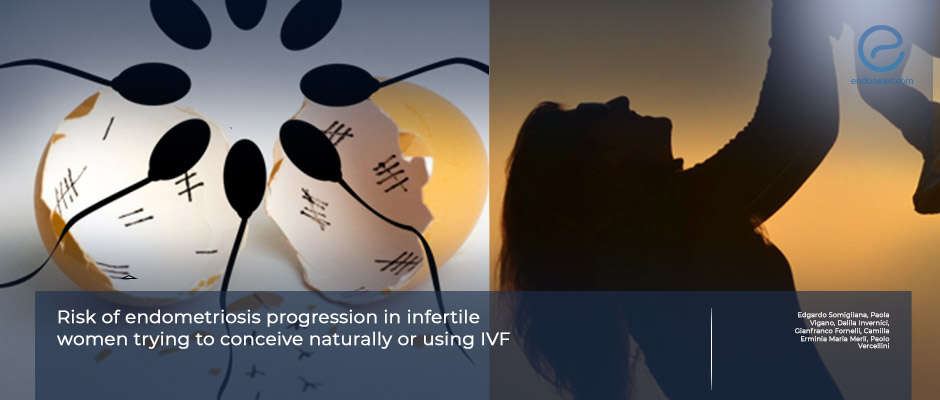
 By Selma Oransay
By Selma Oransay
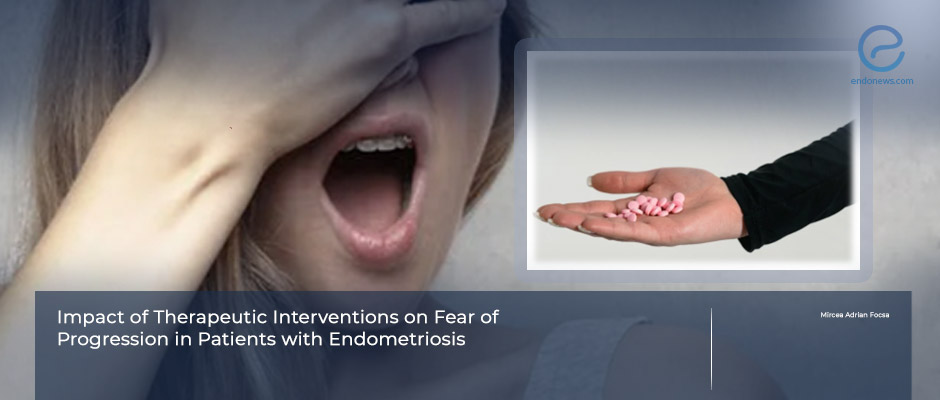
 By Hale Goksever Celik
By Hale Goksever Celik

 By Özge Özkaya
By Özge Özkaya
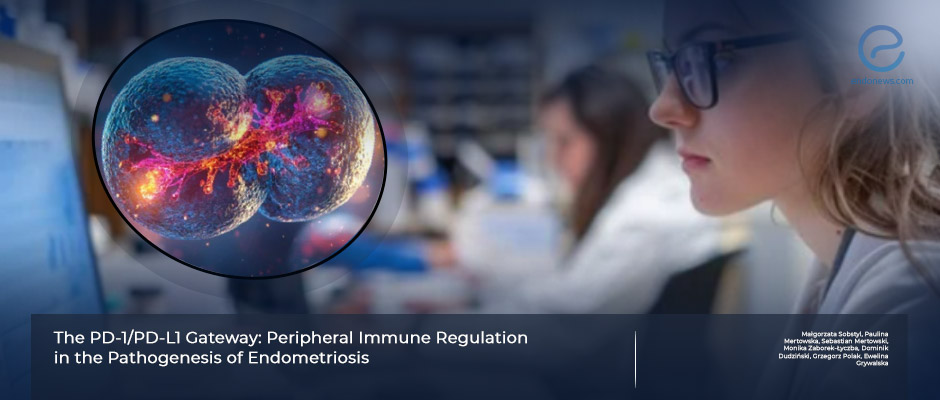
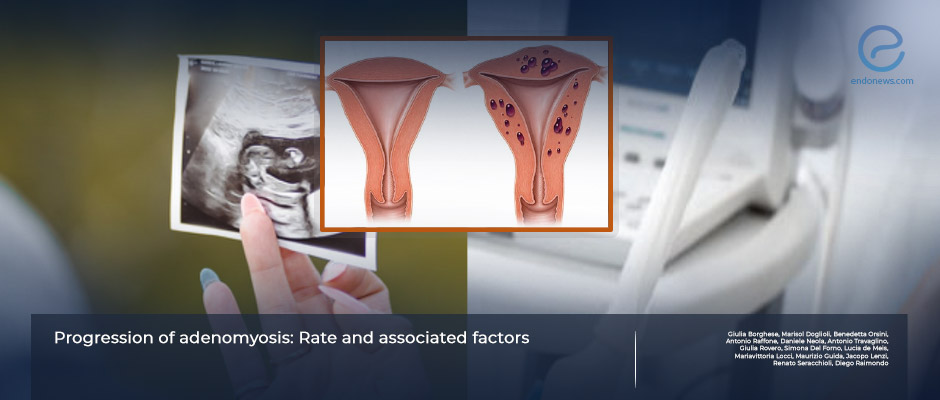


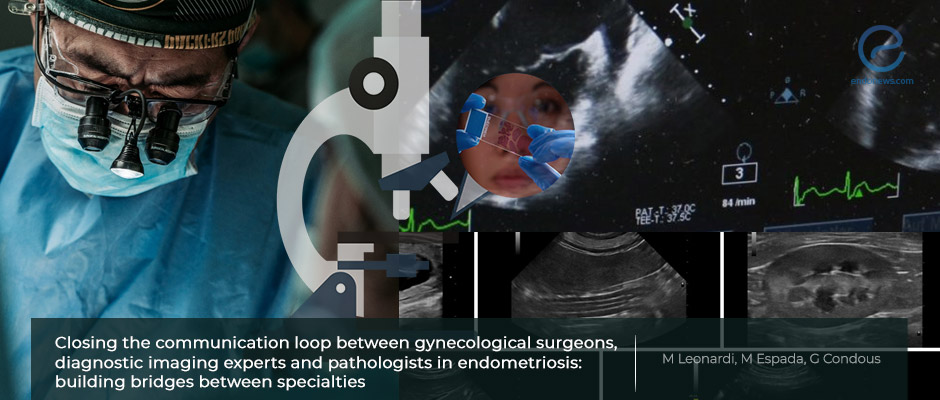
 By Eylül GÜN
By Eylül GÜN
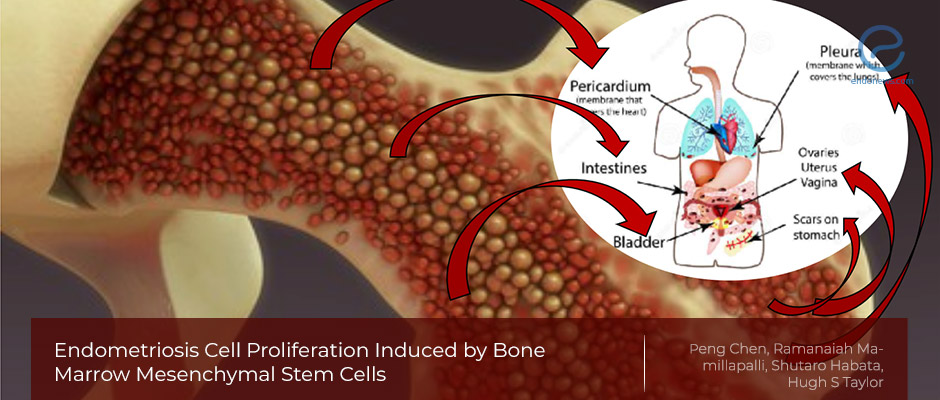
 By Yu Yu
By Yu Yu
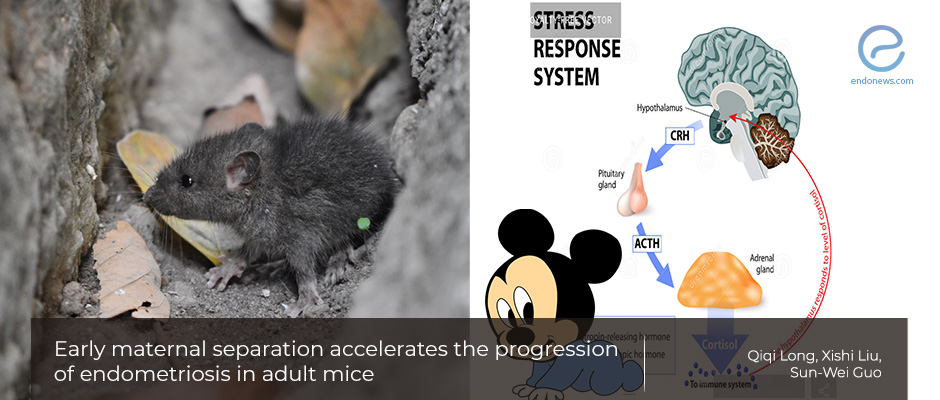
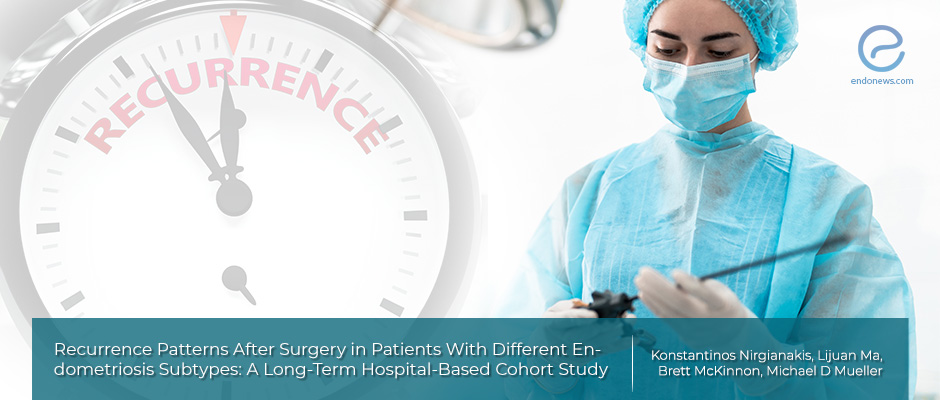
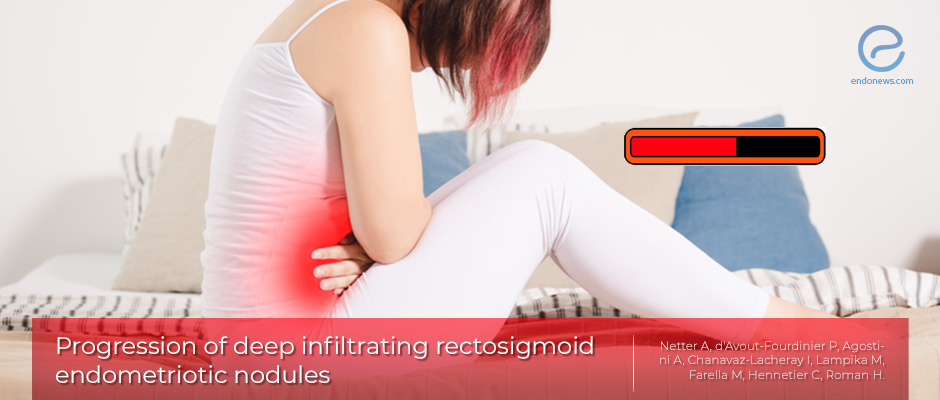
 By Demet Candaş Green
By Demet Candaş Green

 By Dr. Youngran Park
By Dr. Youngran Park
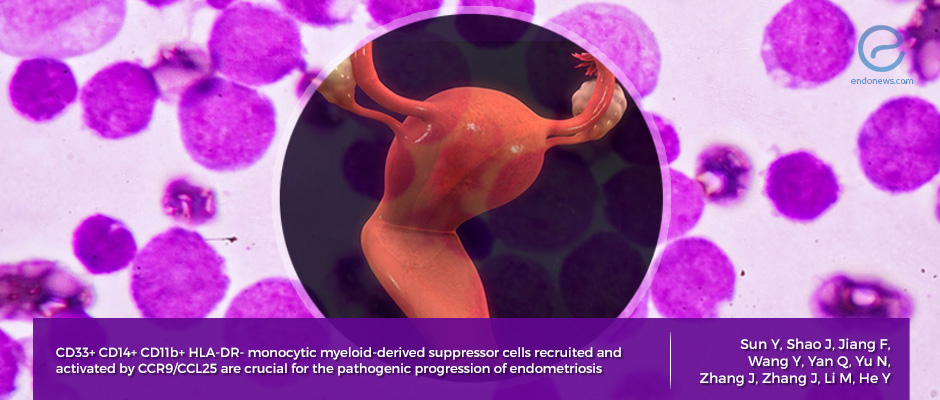
 By Nasuhi Engin Aydin
By Nasuhi Engin Aydin

 By Irem Onur
By Irem Onur
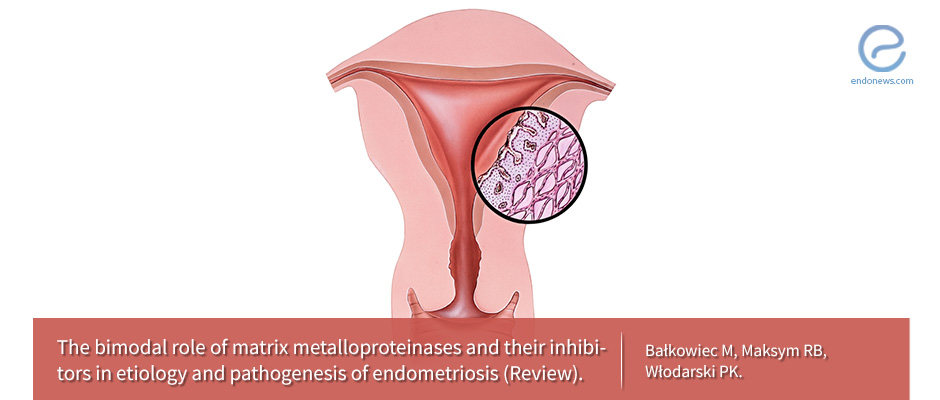
 By Murat Osman
By Murat Osman
